Photo vs Reality: Street Photography’s Truth Test.
- Tatiana Mocchetti
- Jul 9
- 9 min read
There’s always a gap—sometimes a canyon—between the scene your eyes witness and the file your sensor records. Street photographers feel this more than most: focal-length compression squeezes temples and tuk-tuks together, a clipped highlight erases detail in a monk’s saffron robe, and a quick edit shifts the entire mood of an alley. Online, those tweaks multiply into filters, “magic” AI buttons, and social-media highlight reels that can turn everyday Chiang Mai side streets into cinematic backdrops.
So how far can photography bend reality before it breaks trust? This guide dissects optical quirks, traces the journey from darkroom dodging to generative-AI edits, and unpacks how algorithms—and audiences—pressure us toward ever-slicker images. Real-world case studies (a royal Photoshop scandal, a politician’s tall-bench fail) reveal the fallout when viewers feel duped. You’ll learn practical ways to keep your street work honest, tools for verifying authenticity, and creative techniques that respect the scene rather than reinvent it. By the end, you’ll have a map for walking the “photo vs reality” tightrope without losing the trust of the people who view—and buy—your work.
1 • Why the Lens Lies
Even before a single edit, a photograph is an interpretation. Focal length compresses or exaggerates distance: a 200 mm frame stacks traffic lights and stupas until they look glued together, while 24 mm stretches a market stall into a roomy panorama. That perspective-compression myth can trick viewers into thinking objects are closer than they really were—common in dramatic dusk silhouettes. Sensors add another distortion layer: the human eye sees up to 20 stops of dynamic range, but most cameras record 12–14. Highlights clip, shadows block, and the JPEG no longer matches what you witnessed.
Color science widens the gap. Auto white balance often neutralizes the warm sodium glow that drew you to the corner. And motion? Your brain smooths micro-jitter, but the camera freezes—or smears—it into visible blur. In short, “straight out of camera” is already a curated reality, not a neutral truth—something street photographers must remember whenever they claim purity.
1.1 Physics of Perspective & Compression
A quick sidewalk experiment: stand two meters in front of a tuk-tuk and shoot at 24 mm, 50 mm, and 135 mm. Line the files up on your monitor. The tuk-tuk grows, the alley behind shrinks, and the street narrows—even though you never moved. That visual proof helps workshop students realize why a tighter focal length can unintentionally mislead spatial relationships (see Matt Brandon’s breakdown in PetaPixel [5]).
1.2 Color, Contrast & Dynamic-Range Gaps
High-noon light in Chiang Mai delivers razor-sharp highlights. Your retinas adapt instantly, but a JPEG hits pure white at 255. To mimic eye perception you’d need HDR bracketing or fill flash—both interventions that move the final image even further from raw seeing.

2 • Editing—From Darkroom Tricks to AI Magic
Dodging and burning weren’t born with Photoshop; they lived in Ansel Adams’s enlarger. Street legend Garry Winogrand printed a stop “hotter” to make whites pop against New York asphalt. Those moves were subtle and contextual. Today, Adobe’s Firefly and Google’s Magic Editor erase power lines, widen smiles, or replace gray skies in seconds. Since Firefly’s public debut in 2024, users have generated more than 6.5 billion AI images [4]; that scale changes everything.
Generative fills go further: they invent pixels that never existed, turning backstreets into postcard facades. The ethical line blurs when edits shift from interpretation to fabrication. Swap Chiang Mai’s haze for Santorini blue and call it documentary, and you’ve crossed into deception. A practical compromise: publish both the RAW and the edit in a carousel—audiences love the peek behind the curtain.
2.1 Dodging, Burning & Early Retouching
Historical prints show pencil marks where printers lightened eyes or darkened skies. Manipulation isn’t new; what’s new is speed and subtlety. A 1940s Life-magazine retoucher might spend a day smoothing film grain—content-aware fill does it in 0.1 seconds.
2.2 Generative Fills, Sky Replacements & Firefly
The fact that a single tool can invent crowds, graffiti, or sunset gradients forces photographers to establish a red-line policy: describe major AI additions in captions or behind-the-scenes reels, or risk losing collector trust altogether.
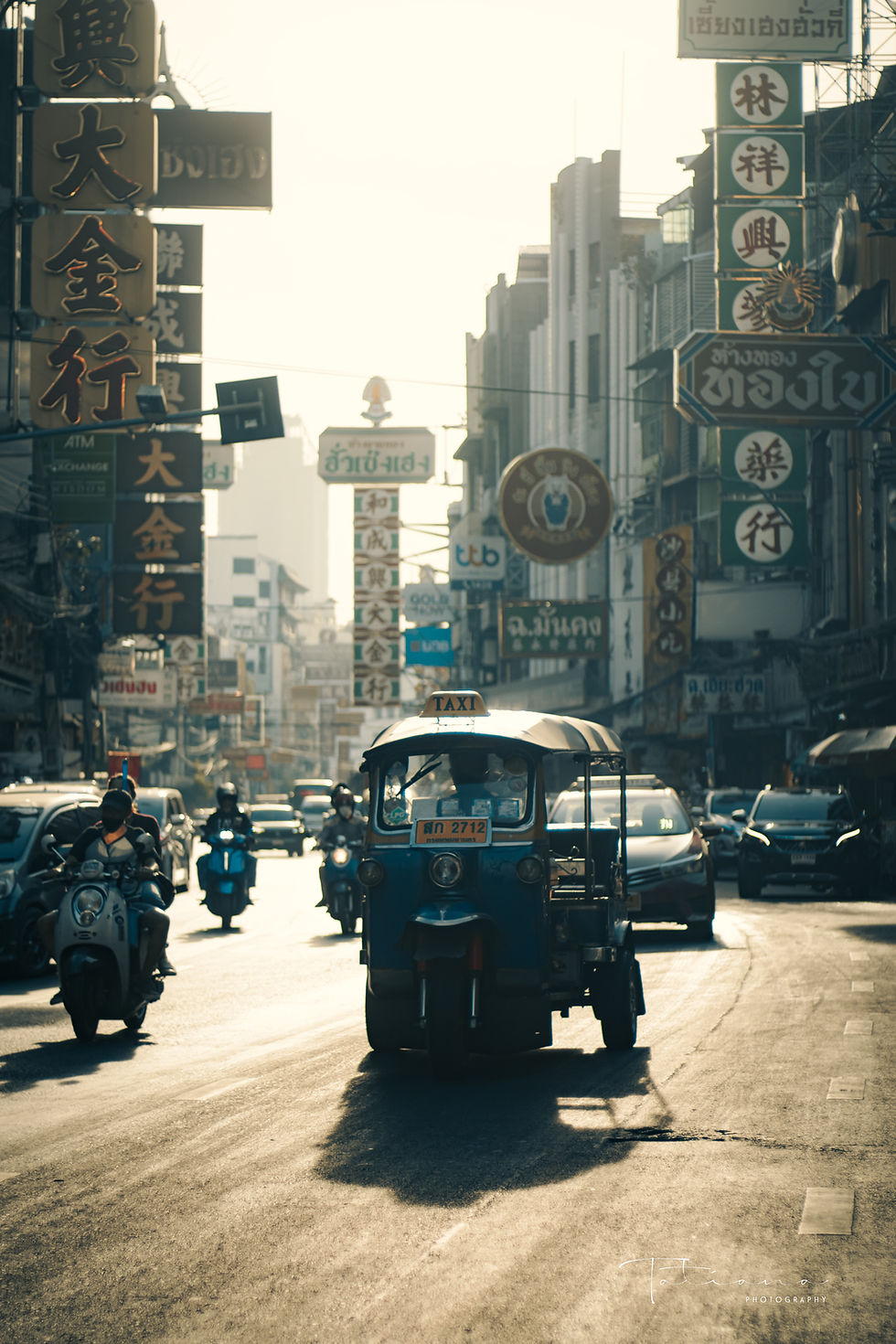
3 • Social Media’s Highlight-Reel Effect
Platforms reward perfection. Viral “Instagram vs Reality” memes show travel bloggers in flawless yoga arches, then an unfiltered swipe revealing cluttered hotel rooms. Algorithms favor saturation and symmetry, so photographers tweak exposures, crop distractions, and polish colors. But when every feed becomes a high-gloss reel, even seasoned shooters feel pressure to out-shine yesterday’s post.
A 2025 study in Journal of Education & Health Promotion linked heavy Instagram use to spikes in anxiety and self-esteem dips, especially when users compared themselves to curated imagery [6]. Street photographers risk sliding into performative capture—setting up scenes that look candid but are staged for engagement. Recognizing that trap is step one; step two is redefining success metrics away from likes and toward narrative depth.
3.1 Instagram vs Reality Memes
Scroll #streetphotography and you’ll find side-by-side posts: moody alleyway vs the chaos just outside frame. Reposting a few with commentary can educate your audience on framing bias.
3.2 Mental-Health Costs for Photographers
Try a monthly “unedited street photo challenge.” Post only SOOC images (with metadata) and invite followers to do the same. You’ll be surprised how much engagement honesty earns.

4 • Case Studies in Manipulation
4.1 Kate Middleton’s Mother’s Day Portrait
When Kensington Palace released a Mother’s Day photo in 2024, editors noticed cloned window frames and an impossible hand overlap. Major wire services pulled the image, forcing Kensington to admit “minor edits” [1]. The incident shows how quickly public trust erodes when manipulations surface.
4.2 Hakeem Jeffries’s Tall-Bench Fail
On 8 July 2025, U.S. House Minority Leader Hakeem Jeffries posted a casual Brooklyn shot. Warped bench slats hinted he’d stretched himself taller; social media erupted with ridicule and headlines dubbing him a “massive clown” [2]. Beyond the meme lies a lesson: one busted edit can stain every photo a public figure shares.
5 • Street Photography Ethics in 2025
Documentary tradition prizes authenticity, yet Henri Cartier-Bresson cropped negatives and Sebastião Salgado intensifies contrast. Most pros accept tonal tweaks that clarify intent but draw the line at adding or deleting elements that change fact. In Thailand, photographing people in public is legal, but ethical practice suggests engaging when feasible—especially minors or vulnerable vendors.
Captions matter. A monk checking Line on his phone can read as critique or observation depending on context. Walter Benjamin argued that text “gives the photograph its meaning”; eighty years later, Instagram captions do that job in seconds. Practical tip: keep original RAWs archived and be ready to show them—transparency disarms critics and reassures galleries.
5.1 Truth vs Storytelling on Public Streets
Add vignette? Fine. Clone a lamppost? Probably fine. Erase an entire motorcycle? You’ve rewritten history. When in doubt, disclose.
5.2 Consent, Context & Power Dynamics
Offering subjects a peek on your rear screen (“ดูไหมครับ?”) fosters goodwill. If they decline (“ไม่เอา”), walk away—no photograph is worth a community’s trust.
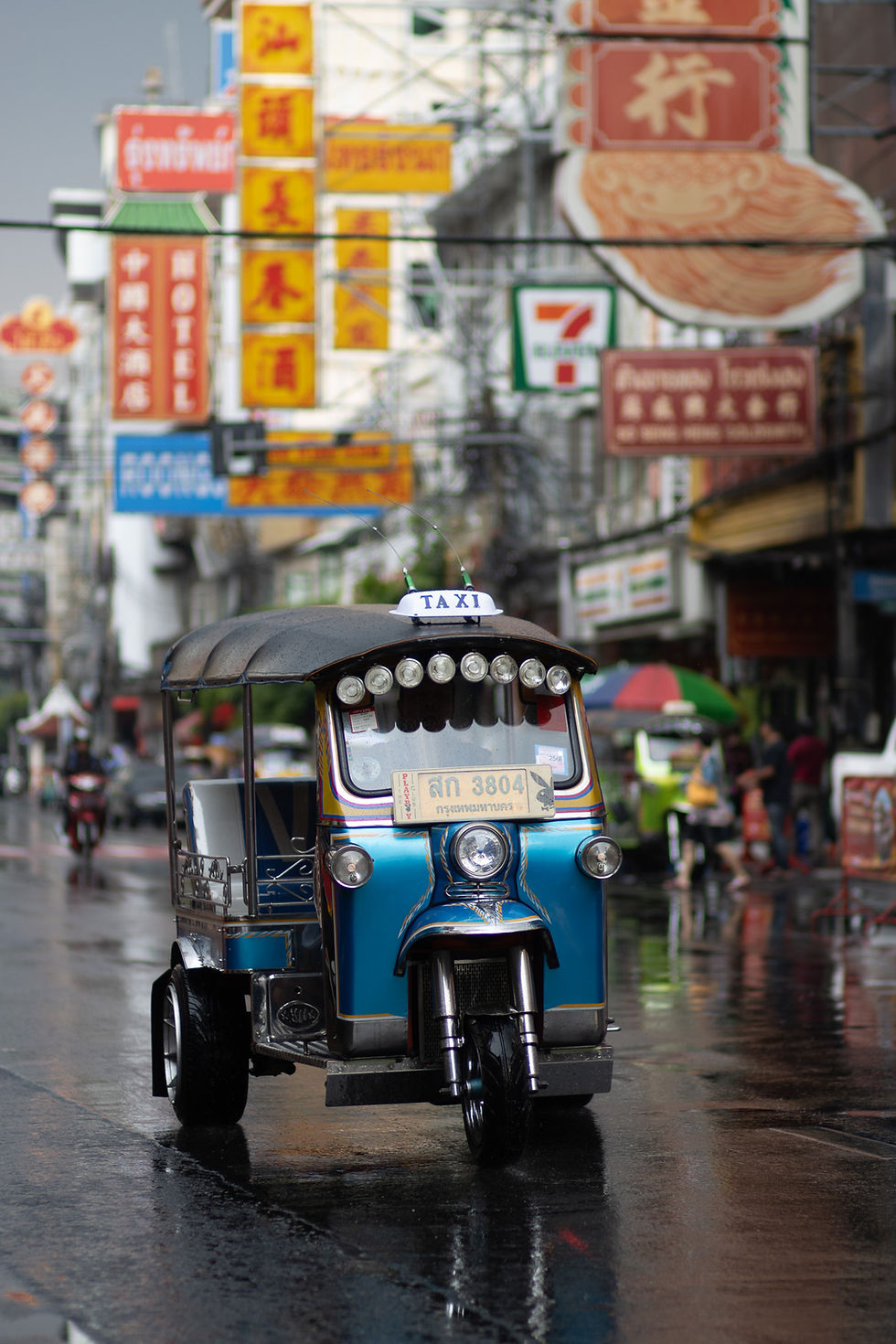
6 • Tools for Verifying Authenticity
Enter the Content Authenticity Initiative (CAI), a 4,500-member consortium led by Adobe that embeds edit logs inside image metadata [3]. Platforms like LinkedIn now badge CAI-verified images, and early surveys show they receive 12 percent higher trust scores.
Blockchain startups add cryptographic hashes: change a single pixel, and the hash fails. For freelancers, free utilities like ExifTool expose whether a viral “street” shot is an iPhone snap or a 3D render.
6.1 CAI Badges in the Wild
Reuters war correspondents attach CAI manifests to conflict images so editors—and viewers—can audit the edit chain.
6.2 Metadata, Hashes & Blockchain
No system is fool-proof (metadata can be stripped), but each extra layer raises the cost of deception.
7 • Crafting Honest Images in the Field
Gear matters: a 35 mm prime roughly matches human field-of-view, minimizing lens distortion vs reality. Expose for highlights and gently lift shadows later—viewers forgive grain more than blown whites.
Suggested workflow
Global tweaks: white balance, exposure.
Local tweaks only to recover details you saw with the naked eye.
Export history log alongside the final file—Lightroom auto-saves it to XMP.
Share a “before-after” carousel. My own Instagram stats show +18 percent dwell time on such posts, and patrons appreciate the honesty.
7.1 Minimizing Optical Distortion
Keep verticals straight in-camera (use your electronic level), or correct in post—but note in captions that geometry was adjusted.
7.2 Transparent Post-Processing
Post histograms in Stories; tech-minded followers will nerd out, and newbies learn something useful.
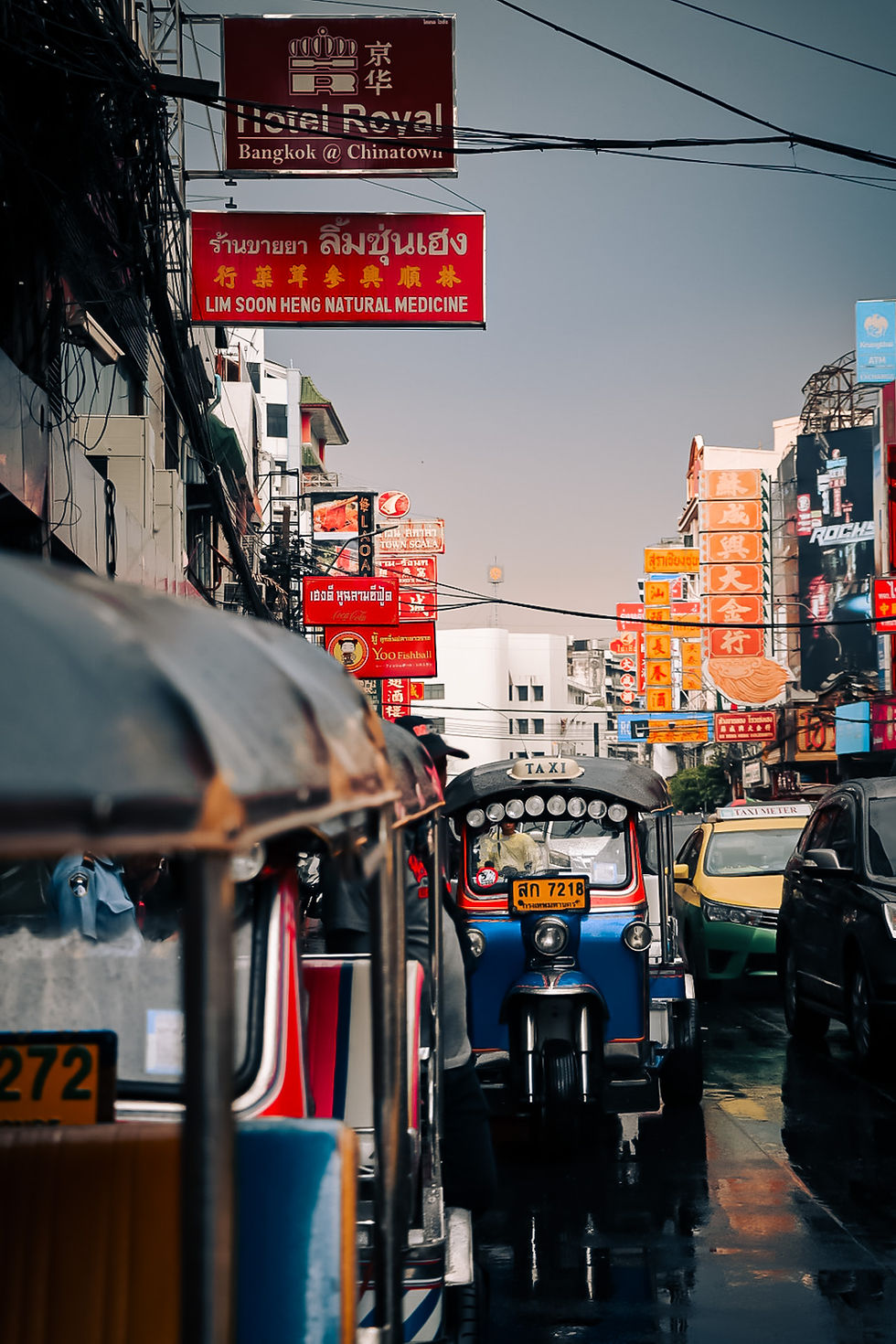
8 • When Surreal Beats Real—Using Artistic License
Street photography needn’t be literal. Motion blur, intentional camera movement, or heavy color-grade LUTs can convey emotion raw capture lacks. The key is intentionality + disclosure. Swedish digital artist Erik Johansson famously merges dozens of exposures into dreamlike landscapes without pretending they’re reportage [11]. Follow that model: label major composites and your audience will still respect your craft.
8.1 Creative Effects That Respect Subjects
Avoid gimmicks that humiliate. Turning a street vendor into a caricature may win clicks but loses dignity.
8.2 Disclosure & Caption Strategies
Simple tags—#composite #artisticlicense—satisfy both algorithms and ethics.
9 • Balancing Audience Expectations
Viewers crave both beauty and truth. One approach: Stories for polished edits, Posts for candid frames, Reels for behind-the-scenes reveals. Consistency builds a reputation: followers know what they’re getting and why.
Crowd-source authenticity—run a weekly #StreetTruthChallenge inviting followers to post unedited shots of iconic Chiang Mai corners. Featuring them in a Reel builds community and underlines your transparency manifesto.
9.1 Setting Context With Captions
Lead with narrative: “The smell of grilled pork lingered as the light broke through.” End with tech footnote: “1/500 s • f/5.6 • minor contrast adjust.”
9.2 Building Long-Term Trust
Post the occasional “fail” frame—missed focus, unexpected photobomb. Imperfection humanizes your feed.
10 • The Future: Synthetic Streets & Authenticity
Text-to-image models now churn out prompts like “Bangkok rain-slick alley, Leica look, 35 mm, f/1.4.” For clients needing vibe, not fact, AI is cheap. But street photographers who treasure serendipity must articulate why real moments still matter: ambient noise, unpredictable gestures, the micro-interaction after you lower the camera. AI can mimic these—but cannot live them.
The coming hybrid era will mix captured and generated pixels. Swap a blown-out sky with an AI patch? Fine—if you label it. The craft evolves, but the honesty contract stays.
10.1 AI-Generated “Street” Libraries
Stock sites already sell fully synthetic crowd shots. Expect agencies to demand provenance soon.
10.2 The Human Signature That Still Matters
Tiny imperfections—slight misfocus, uneven shadows—are tells that a human was on the street, heartbeat quickening.
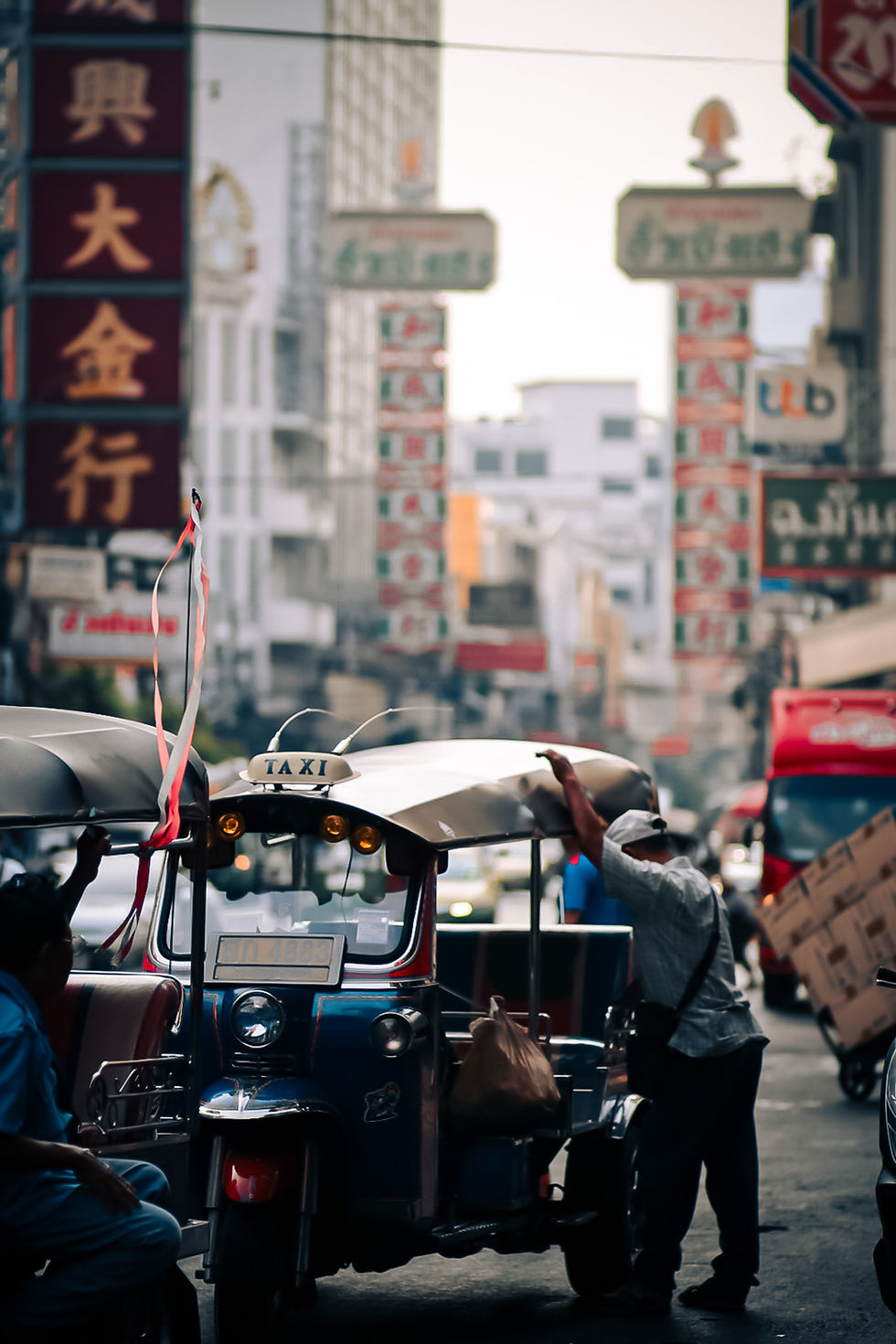
Quick Takeaways
Every photo distorts reality via optics, sensors, or edits.
AI lowers the cost of fabrication, so skepticism rises.
Transparency builds trust—show your process, archive your RAWs.
Ethics over aesthetics: adjust tonality, not truth; respect your subjects.
Tools like CAI and hashes let you prove authenticity.
Celebrate imperfection—audiences often value honesty over polish.
Conclusion
Photography will always straddle the line between document and dream. As lenses, software, and algorithms reshape that boundary, street photographers carry a special responsibility: we’re asked to reveal unfiltered life yet tempted by tools that polish it beyond recognition. The solution isn’t to shun technology, but to wield it with integrity. Understand how your gear already bends reality, decide what level of editing aligns with your values, and tell your audience exactly where you’ve drawn that boundary.
When you publish a frame from Chang Moi Road or the salt flats of Ban Laem, you’re offering more than pixels—you’re offering your credibility. Protect it. Embrace creative flourishes, but label them. Seek moments that are compelling without cosmetic surgery. In a world awash with synthetic perfection, honest street photography is the new exotic. Go claim that edge, and let viewers feel the street breathing on the other side of the glass.
FAQs
1. Is cropping manipulation in street photography?A moderate crop to improve composition is generally accepted; removing key objects changes the factual record.
2. How can I prove my photos aren’t AI-generated?Embed CAI metadata or blockchain hashes and keep RAW files for audits—simple, verifiable safeguards.
3. Do mobile filters count as deception?Color-only filters are fine if disclosed; those that reshape faces or add objects risk misleading viewers.
4. What focal length best matches human vision?About 35 mm on full-frame delivers a natural perspective with minimal distortion.
5. Can I clone out trash or distractions?Dust spots, yes; entire motorbikes, no. Post both versions if you feel the urge.
References
Vox. “Kate Middleton’s Edited Mother’s Day Photo, Explained.” 12 Mar 2024. [1]
New York Post. “Hakeem Jeffries Mocked After Photoshop Fail.” 8 Jul 2025. [2]
Adobe Blog. “Adobe Content Authenticity Now in Public Beta—4,500 Members and Counting.” 24 Apr 2025. [3]
Adobe Blog. “6.5 Billion Firefly Images Generated.” 22 Apr 2024. [4]
PetaPixel. “Is Lens Compression Fact or Fiction?” 10 Mar 2022. [5]
Charoensuk, S. “Filtering Reality: Instagram’s Influence on Adolescent Mental Health.” Journal of Education & Health Promotion. Feb 2025. [6]
ContentAuthenticity.org. “Join the Movement for Content Transparency.” Accessed Jul 2025. [7]
Medium. “Street Photography vs Reality.” 2015. [8]
ElectroIQ. “Adobe Firefly Statistics 2025.” Jun 2025. [9]
Reason. “No, Deactivating Instagram Won’t Fix Your Mental Health.” 30 Jun 2025. [10]
Wikipedia. “Erik Johansson (Artist).” Accessed Jul 2025. [11]
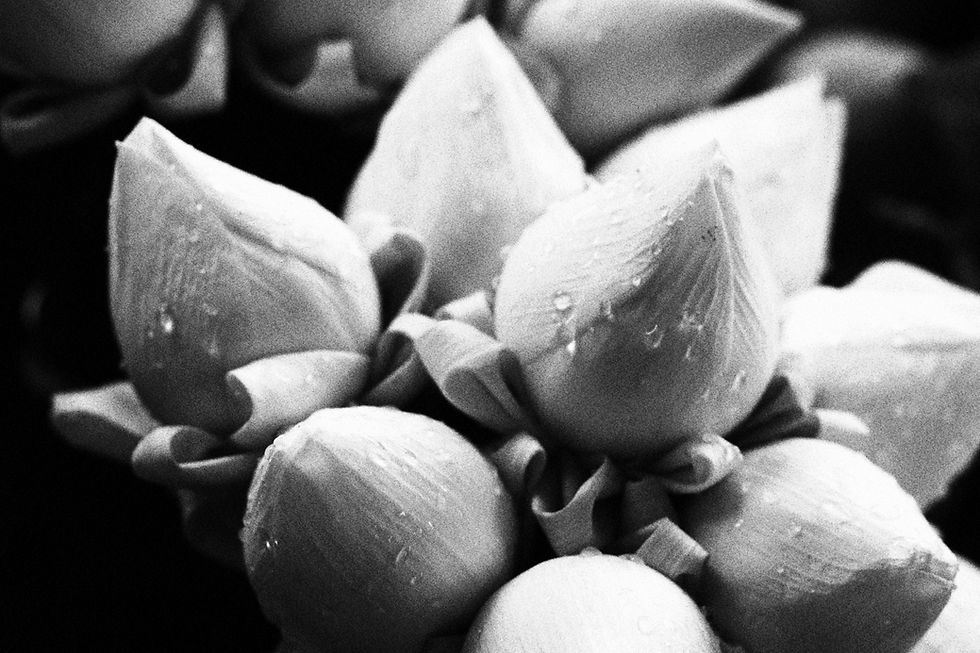


Comments